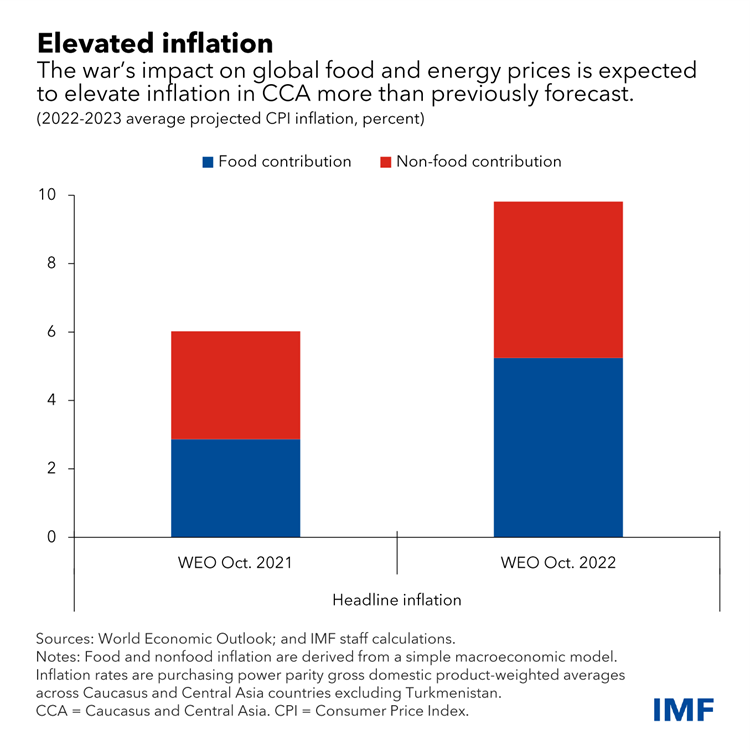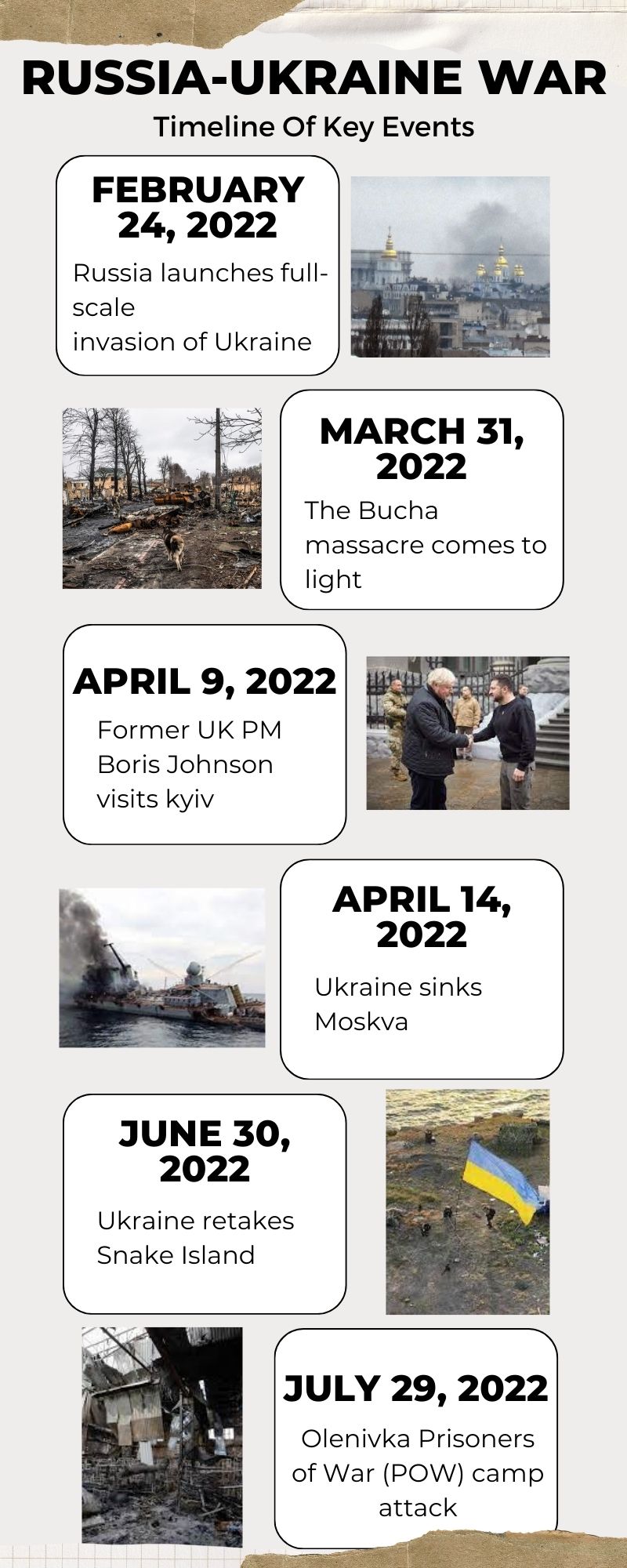Nearly two years since Russia launched its invasion of Ukraine on February 24, 2022, the human and economic costs of the war continue to mount with no end in sight. As the conflict drags on, its grinding toll can be measured in tens of thousands of lives lost, millions displaced, and hundreds of billions in damage.
Massive Humanitarian Crisis
A recent report from the International Rescue Committee estimates that over 14 million Ukrainians now require humanitarian aid, including 3.7 million internally displaced persons. Over 4,000 attacks have damaged education facilities, and 1,300 have hit healthcare sites. Additionally, over 1.5 million homes are destroyed.
The United Nations forecasts a staggering $486 billion will be needed for Ukraine’s reconstruction and recovery. Areas the size of Romania are now hazardous minefields, while the explosion of a dam last summer deprived 600,000 hectares of farmland of irrigation.
Ukraine’s unemployment rate spiked from 10% pre-war to over 30% before settling at 17%. Food insecurity peaked at 30% and remains elevated at 19%.
While trade and GDP collapsed initially, grain exports rebounded following a deal brokered by Türkiye. GDP returned to modest growth in 2023 on the back of resilience and international financial support. However, the World Bank estimates over $150 billion in direct war damage across all facets of Ukraine’s economy.

Mounting Costs for Russia’s Military
The war has also proved increasingly costly for Russia. A Pentagon assessment puts Moscow’s expenditure on the invasion to date at $211 billion for equipment, deployment and operations. Western defence officials estimate over 310,000 Russian military casualties. Ukrainian forces have damaged or destroyed at least 20 major Russian naval vessels.
Besides direct war spending, Russia’s economy buckles under Western sanctions and embargoes. Annual inflation hovered between 11-18% before falling due to base effects and interest rate hikes. But it has started slowly rising again, reaching 7.4% in January as the Central Bank eased rates.
Exports plunged over 28% amid the sanctions, reserves remain frozen, and 70% of banking assets face restrictions. Military spending has climbed from 20-23% of Russia’s budget in 2021 to 2024.
As the war continues depleting lives, communities and economies after two years, heightened international efforts at diplomacy offer the only glimmer of hope for its grinding toll to ease.


Also Read: Lok Sabha Elections 2024: AAP And Congress Agree On 4:3 Seat-Sharing
As an independent media platform, we do not take advertisements from governments and corporate houses. It is you, our readers, who have supported us on our journey to do honest and unbiased journalism. Please contribute, so that we can continue to do the same in future.

